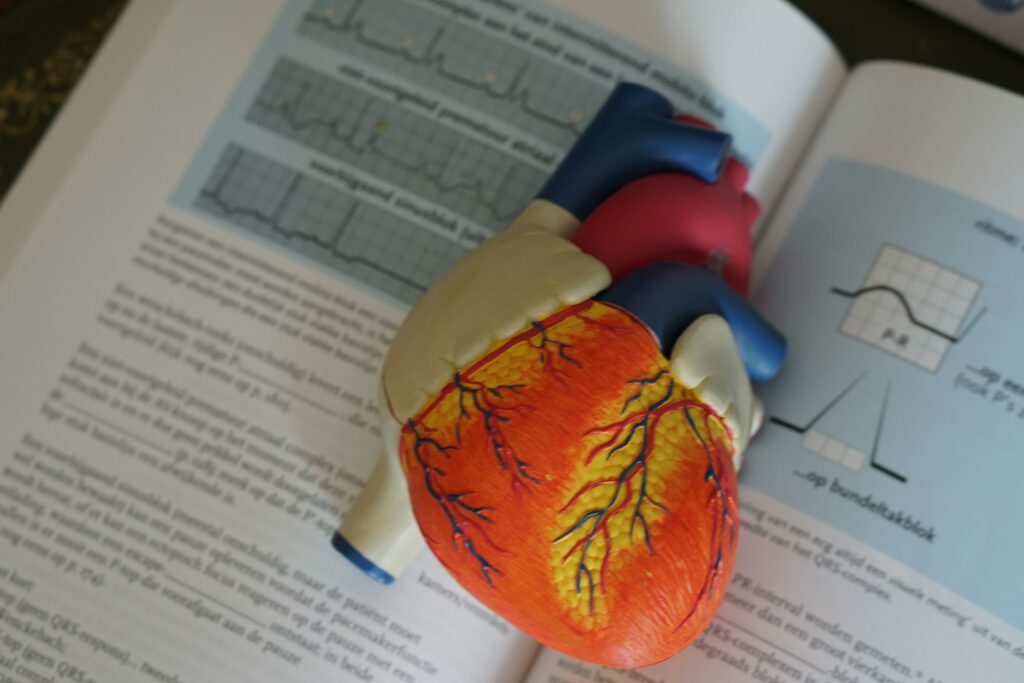Heart attacks don’t happen overnight. They build up over years of poor circulation, inflammation, and weakened heart function. But here’s the good news—exercise can be your most powerful tool for preventing heart disease and keeping your heart strong for life. The right workouts don’t just improve fitness; they directly lower your risk of heart attacks by improving blood flow, reducing inflammation, and strengthening your heart muscle.

How Exercise Prevents Heart Attacks
Science confirms that movement is medicine. Regular exercise helps prevent heart disease in several ways:
- Lowers Blood Pressure – Exercise makes your arteries more flexible, reducing strain on your heart.
- Improves Blood Flow – Physical activity boosts nitric oxide production, keeping arteries open and clear.
- Reduces Inflammation – Chronic inflammation is a silent driver of heart disease. Exercise helps lower inflammatory markers.
- Balances Blood Sugar – High blood sugar damages blood vessels over time, increasing heart disease risk.
- Strengthens the Heart Muscle – Just like any other muscle, your heart gets stronger with regular training.
Best Science-Backed Workouts for Heart Health
Not all exercises are equal when it comes to heart attack prevention. The key is to combine aerobic training, resistance exercise, and mobility work for optimal results.
1. Zone 2 Cardio: The Gold Standard for Heart Health
Why it works: Zone 2 training (where you can still hold a conversation but feel a mild effort) improves mitochondrial function, enhances fat metabolism, and strengthens the heart muscle without excessive strain.
Best exercises:
- Brisk walking (45–60 minutes, 3–5x per week)
- Cycling at a moderate pace
- Light jogging
- Swimming laps at a steady pace
2. High-Intensity Interval Training (HIIT) for Vascular Flexibility
Why it works: HIIT alternates short bursts of intense effort with recovery periods, dramatically improving cardiovascular endurance and arterial flexibility.
Best exercises:
- Sprint intervals (20–30 seconds max effort, followed by 1-minute rest)
- Jump rope (30 seconds fast, 30 seconds slow, repeat 10 times)
- Rowing machine (short bursts at high resistance)
How often: 1–3 times per week
3. Resistance Training for a Stronger Heart
Why it works: Strength training lowers blood pressure, improves insulin sensitivity, and builds muscle mass, which supports metabolic health.
Best exercises:
- Bodyweight squats and lunges
- Push-ups or bench presses
- Deadlifts and rows for back strength
- Kettlebell swings for full-body conditioning
How often: 2–3 times per week
4. Daily Movement & Mobility for Longevity
Why it works: Long periods of sitting increase heart attack risk. Simple, frequent movement throughout the day keeps circulation strong.
Best exercises:
- 5-minute walks after meals to stabilize blood sugar
- Standing desk breaks (move every 30 minutes)
- Yoga or Tai Chi for flexibility and stress relief
How Much Exercise Do You Really Need?
Remember, more movement throughout the day—beyond just structured workouts—keeps your heart healthy.
Final Thoughts
Heart attacks are not inevitable. They are preventable. Exercise isn’t just about looking fit—it’s about keeping your heart beating strong for decades to come.
Take back control of your health with lifestyle as medicine. ProjectLx empowers you to heal with evidence-backed, non-pharmaceutical strategies. Your time to heal is now. Join ProjectLx.com today.
